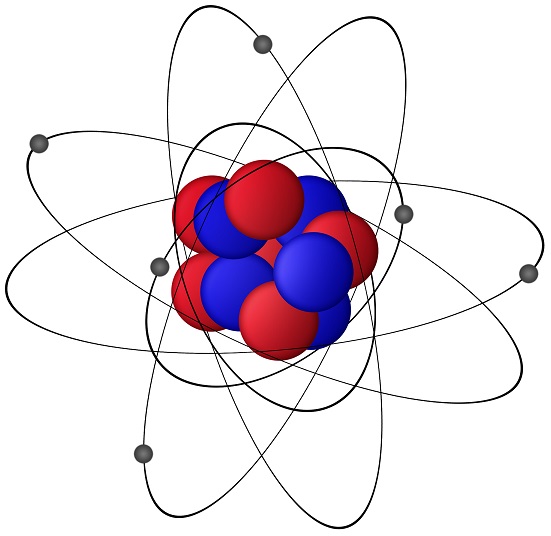What is voltage and the SI unit for voltage volt
What is Voltage?
Voltage is the potential difference (earlier called as electromagnetic force EMF) that would drive an electric current between two points in space. Following paragraphs explain the concept of Voltage in more detail.
Charge is one of a basic property of matter similar to mass or temperature. Charge is responsible for all electric and magnetic interactions of the matter. There are two flavors of charge, Positive (+) and Negative (-). In an atom, two sub-atomic particles protons and electrons are the charge carrying particles.

In an atom, protons in the atomic nucleus are the positively charged particle and electrons in atomic orbitals (around the atomic nucleus) are the negatively charged particles. Particles with same charge repel (example: proton and proton) each other, and the particles with opposite charge (example: proton and electron) attract each other.
Let’s discuss about Voltage by using an example of battery.
A battery is made of mainly three parts, an anode, a cathode, and electrolyte. One terminal of the battery is positively charged and the other terminal is negatively charged. The positive terminal of the battery is called as "anode" and the negative terminal of the battery is called as "cathode". An electrolyte separates the anode and cathode inside the battery, so that electrons cannot flow from negative terminal to positive terminal of the battery directly via inside the battery. Electrolyte also provides the ion transport medium between the cathode and anode of a battery.

A negative terminal of the battery (cathode) became negatively charged because there are more negatively charged sub-atomic particles (electrons) in the negative terminal. A positive terminal of the battery (cathode) became positively charged, because there is lack of electrons in positive terminal.
As discussed above, electrolyte is preventing the electron movement from cathode to anode directly inside the battery. Electrons can flow from the negative terminal of the battery to the positive terminal of the battery through a conductor (wire) connected externally. The flow of electrons in an electric circuit from negative terminal (cathode) to positive terminal (anode) is called electron current flow.
Voltage is the electric potential difference between the positive terminal and negative terminal of the battery. In other words, Voltage is the measurement of the difference in concentration of electrons between two points. If there is more electron concentration at negative terminal (cathode) the potential difference will be more.
What is SI unit for electric potential difference (Voltage)?
SI unit for Voltage is volt. The SI unit of electric potential difference "volt" was named in honor of famous Italian physicist, chemist Alessandro Volta.

Volt is the potential difference between two points in space that will impart one joule of energy per coulomb of charge that passing through it.
1 volt = 1 joule/coulomb. volt can be expressed as below.
